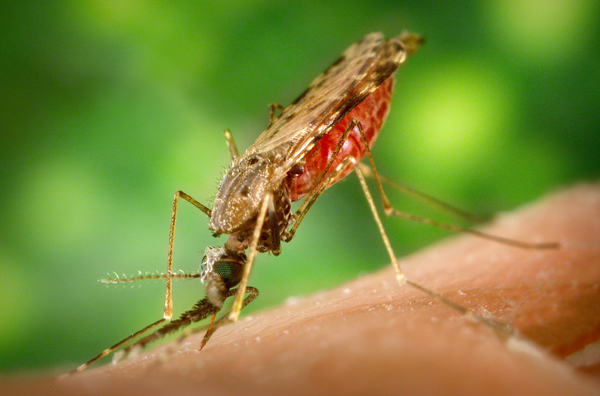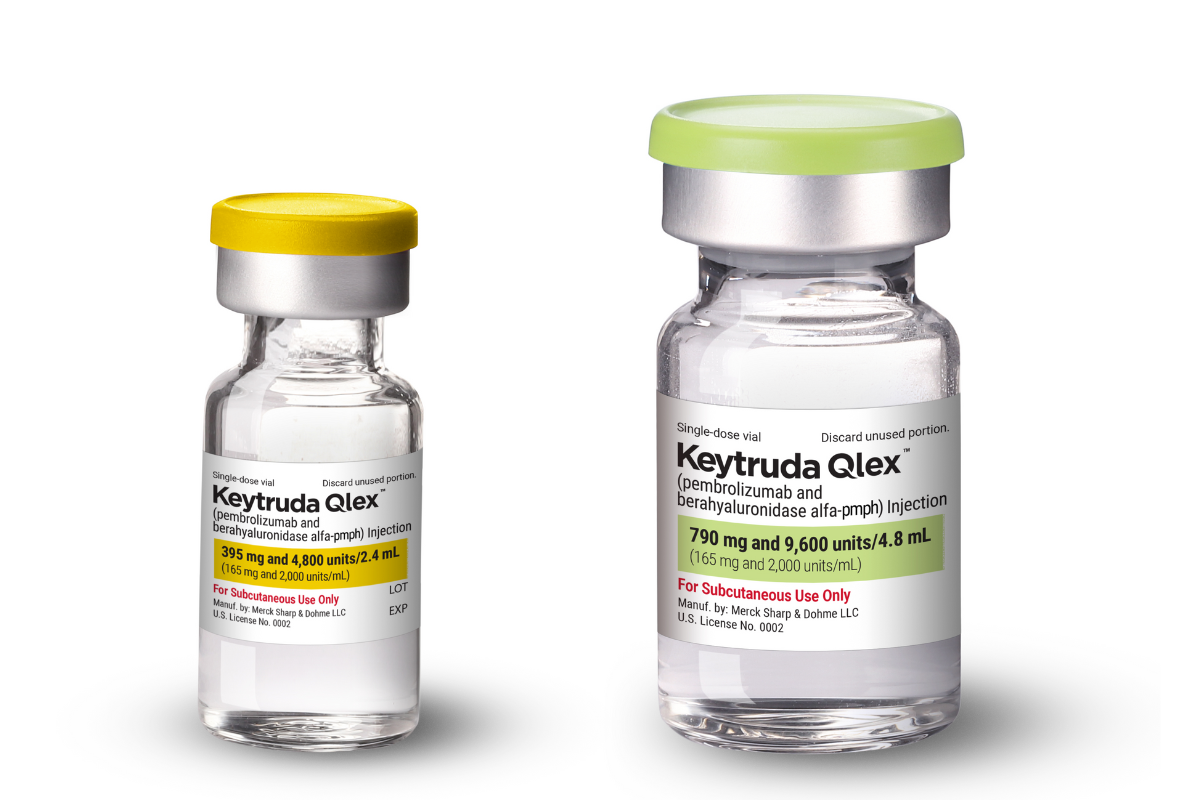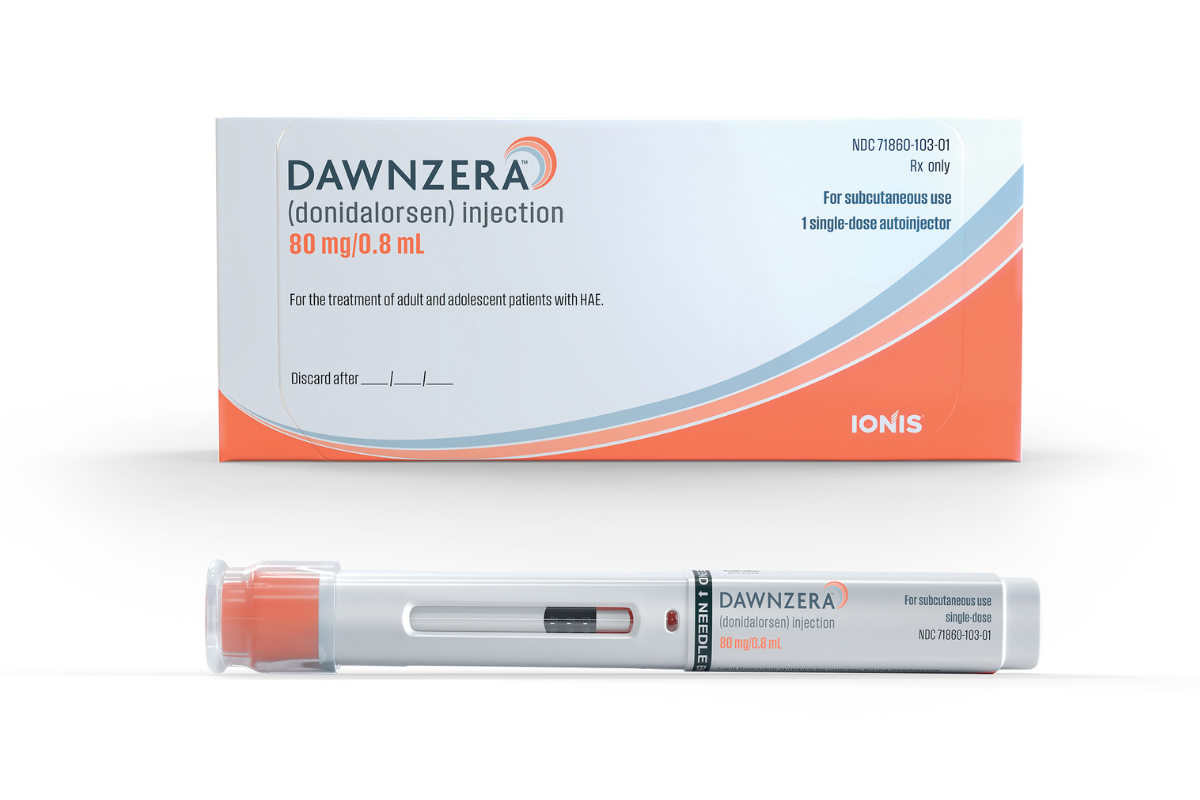According to the results of a small hospital-based study in Brazil, the Zika virus could be tied to another brain disorder, in addition to the previously-identified links with microcephaly and Guillain-Barré syndrome. The disease – known as acute disseminated encephalomyelitis (ADEM) – is an autoimmune disorder similar to multiple sclerosis (MS), in which the myelin sheath around nerve fibers in the brain is damaged due to swelling.
“Though our study is small, it may provide evidence that in this case the virus has different effects on the brain than those identified in current studies,” said Dr. Maria Lucia Brito Ferreira, a study author from Restoration Hospital in Recife, Brazil. “Much more research will need to be done to explore whether there is a causal link between Zika and these brain problems.”
The researchers studied patients in the hospital in Recife with symptoms characteristic of arboviruses – including Zika, dengue and chikungunya – between December 2014 and June 2015. In this period, the physicians noted six patients that developed neurologic symptoms consistent with autoimmune disorders such as ADEM.
Two of the six patients with neurologic problems developed ADEM, and brain scans showed signs of white matter brain damage. The remaining four patients developed GBS, a disorder of the myelin of the peripheral nervous system which was previously associated with Zika virus infection.
All of the patients experiencing neurologic symptoms – including impaired motor functions and vision problems – tested positive for Zika virus. Unlike MS, most people recover from ADEM within a six month period.
“This doesn’t mean that all people infected with Zika will experience these brain problems. Of those who have nervous system problems, most do not have brain symptoms,” said Ferreira. “However, our study may shed light on possible lingering effects the virus may be associated with in the brain.”
While all of the patients studied presented at the hospital with a fever followed by a rash, some patients also experienced muscle and joint pain, red eyes, and severe itching. The neurologic symptoms took between one and 15 days to develop in the patients.
“At present, it does not seem that ADEM cases are occurring at a similarly high incidence as the GBS cases, but these findings from Brazil suggest that clinicians should be vigilant for the possible occurrence of ADEM and other immune-mediated illnesses of the central nervous system,” said Dr. James Sejvar of the Centers for Disease Control and Prevention in Atlanta and member of the American Academy of Neurology. “Of course, the remaining question is ‘why’–why does Zika virus appear to have this strong association with GBS and potentially other immune/inflammatory diseases of the nervous system? Hopefully, ongoing investigations of Zika virus and immune-mediated neurologic disease will shed additional light on this important question.”












Join or login to leave a comment
JOIN LOGIN